Book now
Vatnajökull National Park and Diamond Beach: Exploring Iceland’s Natural Marvels
Vatnajökull National Park and Diamond Beach
Vatnajökull National Park is a breathtaking natural wonder located in southeastern Iceland. Encompassing an area of over 14,000 square kilometers, it is the largest national park in Europe. One of the park’s most renowned attractions is Diamond Beach, a mesmerizing black sand beach adorned with glistening icebergs that resemble diamonds. This article will delve into the unique features of Vatnajökull National Park and the allure of Diamond Beach.
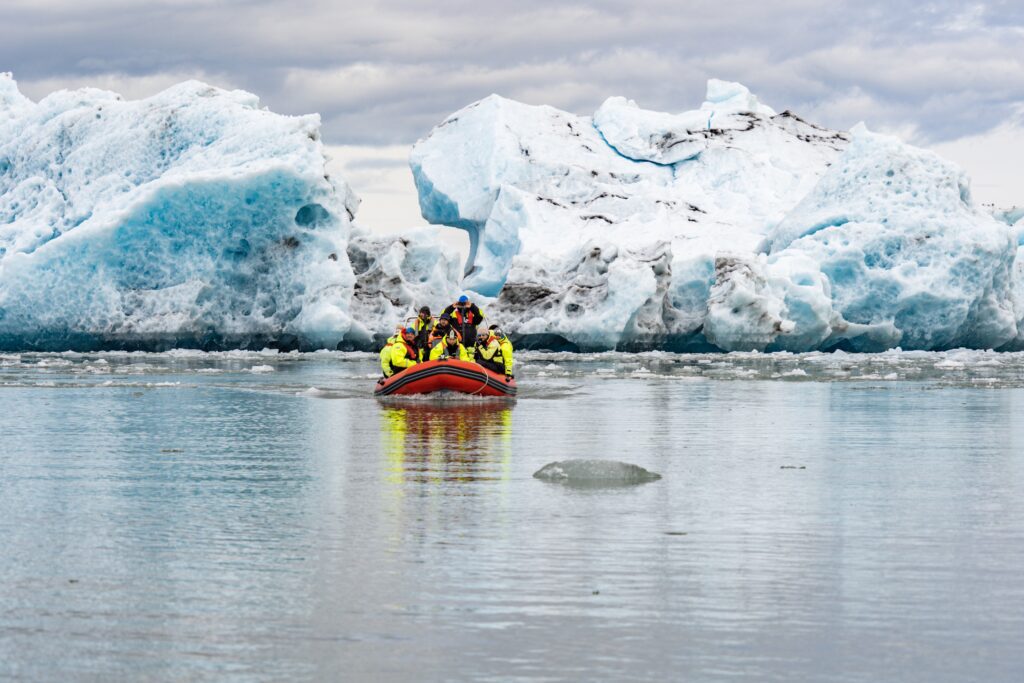
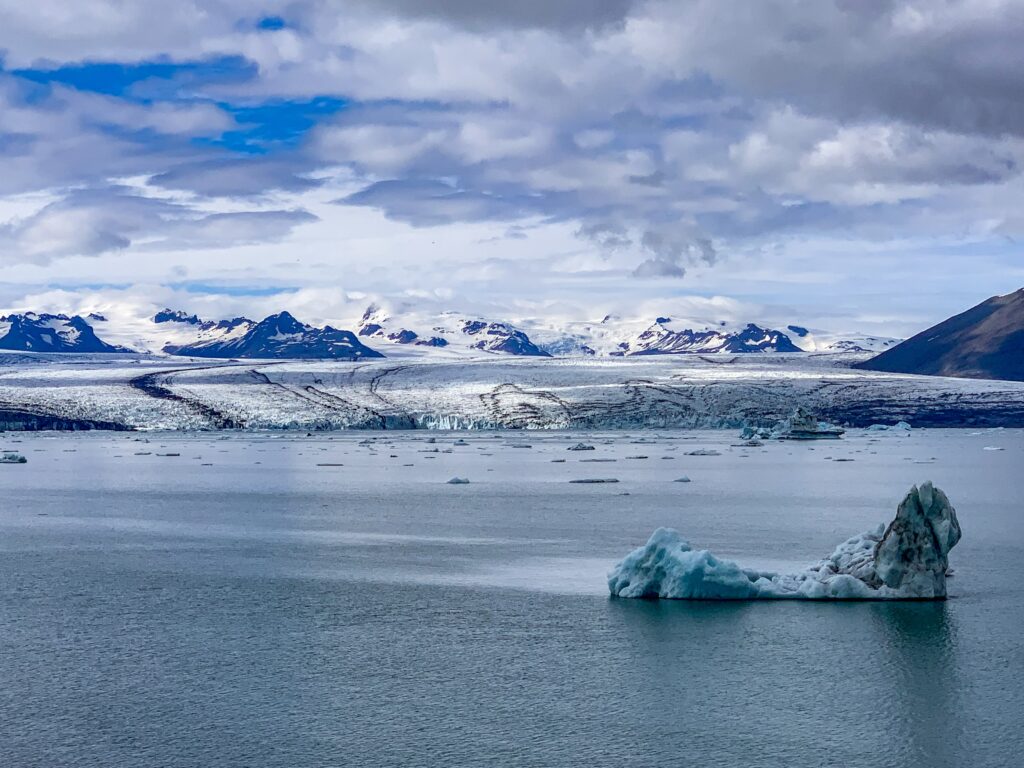

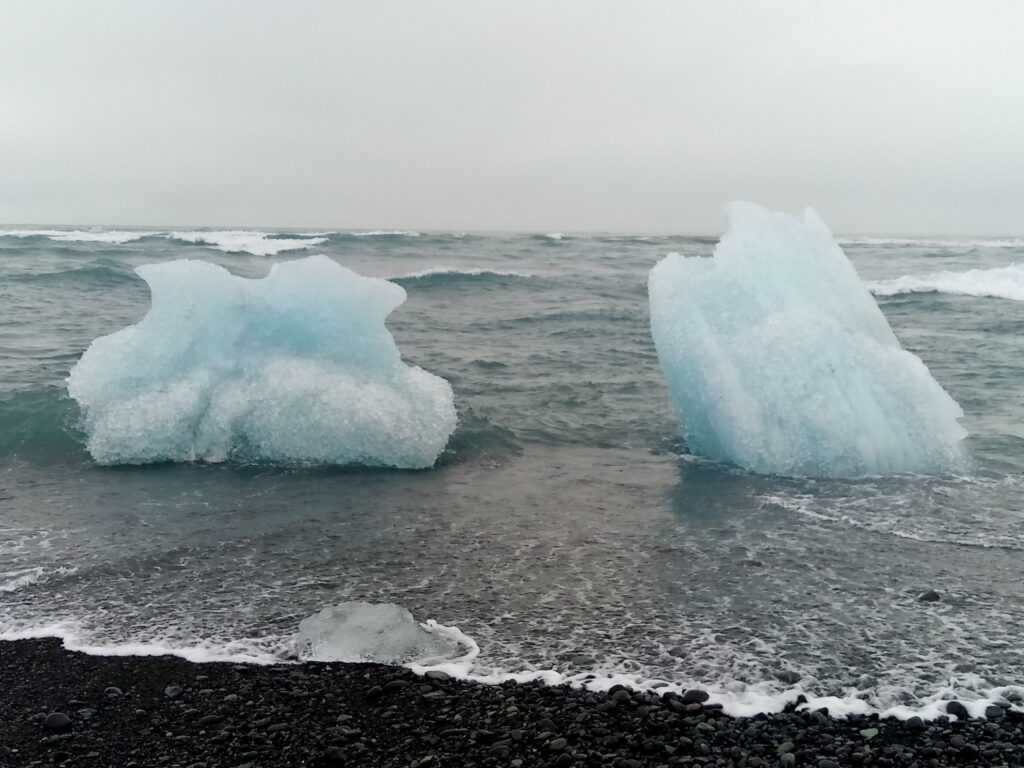

Location and Background
Vatnajökull National Park is situated in the southern part of Iceland, covering a significant portion of the Vatnajökull glacier and its surrounding areas. The park was established in 2008, merging several existing reserves to protect the diverse ecosystems and geological formations found within its borders. Diamond Beach, located near the Jökulsárlón Glacier Lagoon, gets its name from the sparkling ice formations that wash up on its shores from the lagoon.
Natural Features of Vatnajökull National Park
At the heart of Vatnajökull National Park lies the Vatnajökull glacier, Europe’s largest ice cap. The glacier is a mesmerizing sight, with its vast expanse of ice stretching over 8,000 square kilometers. Within the glacier, visitors can explore the enchanting ice caves, formed by melting water that carves intricate tunnels through the ice. These caves offer a unique and magical experience for adventurous explorers.
The park is also known for its volcanic activity and subglacial lakes. Beneath the glacier, a network of active volcanoes lies dormant, occasionally erupting and shaping the landscape. The interaction between the volcanic heat and glacial ice results in the creation of subglacial lakes, which periodically drain and stunning meltwater channels and waterfalls. These channels, known as “jökulhlaups,” can release vast amounts of water, creating temporary rivers that cascade down the rugged terrain, offering a spectacle of nature’s power and beauty.
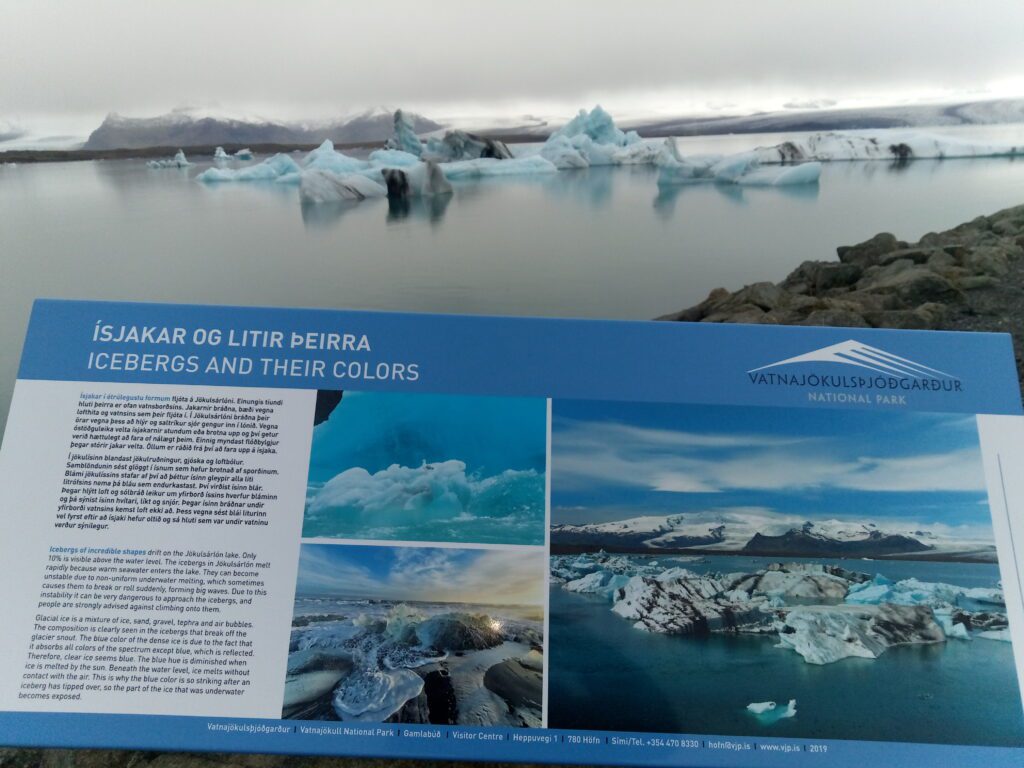

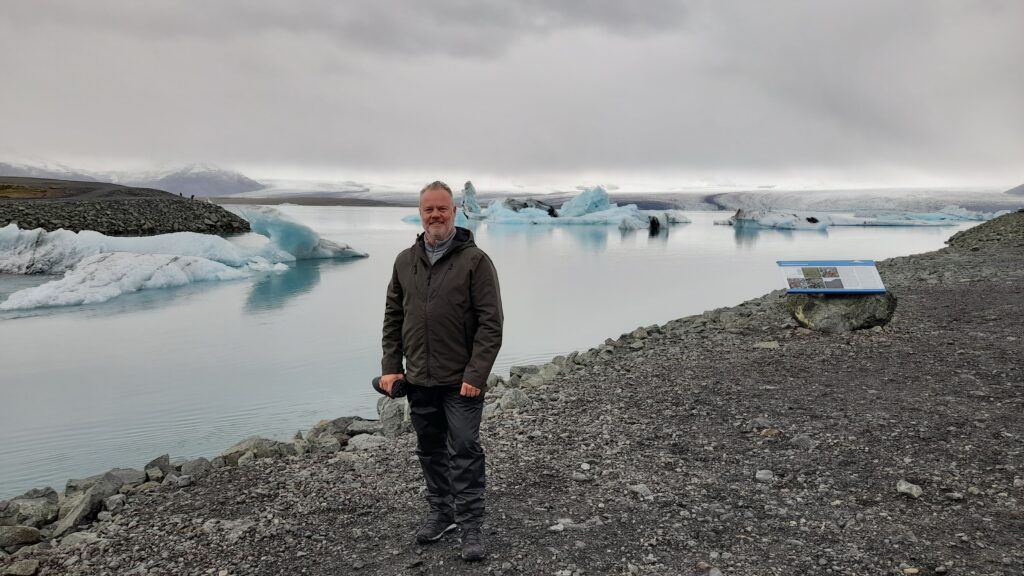

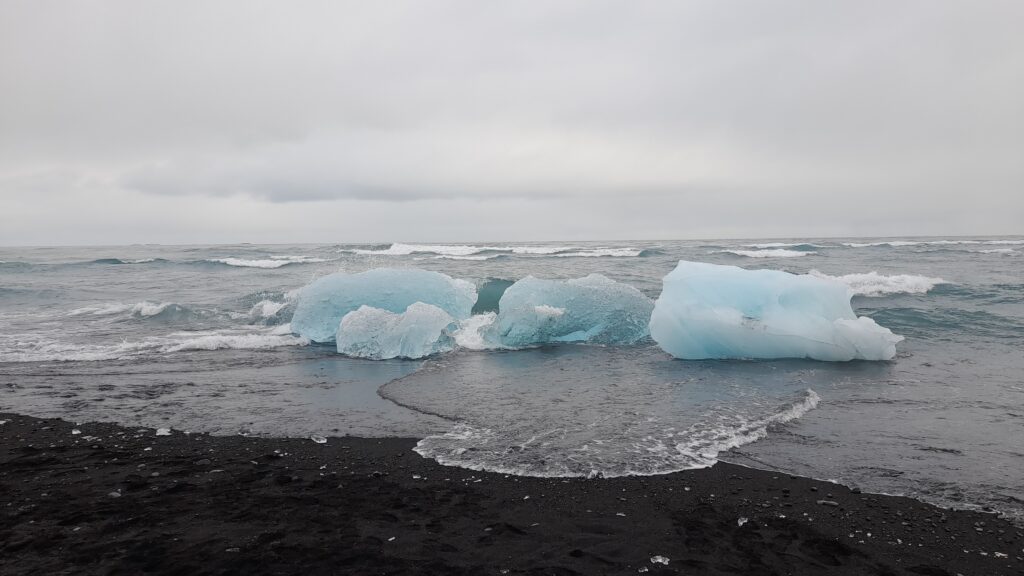


Biodiversity and Wildlife
Vatnajökull National Park is not only a haven for impressive geological formations but also a sanctuary for diverse flora and fauna. The park’s varied landscapes, ranging from glacial tongues to fertile valleys, support a wide array of plant life. Mosses, lichens, and hardy shrubs can be found clinging to the volcanic rocks, adding bursts of color to the otherwise stark surroundings.
The park is also home to a rich birdlife, particularly during the summer months when migratory birds flock to the area. Puffins, Arctic terns, and various species of ducks and geese find shelter in the park’s wetlands and nesting cliffs. Bird enthusiasts can witness stunning displays of avian activity and capture remarkable photographs of these feathered creatures in their natural habitat.
Recreational Activities
Vatnajökull National Park offers a myriad of recreational activities for nature enthusiasts and adventure seekers. Hiking and trekking opportunities abound, catering to all skill levels. Trails wind through diverse landscapes, taking visitors past roaring waterfalls, glacier tongues, and picturesque valleys. One popular hiking destination is Skaftafell, an oasis of lush greenery nestled between glaciers, where visitors can embark on unforgettable hikes, including the iconic trail to Svartifoss waterfall.
For those seeking a more immersive experience, glacier tours and ice climbing adventures are available. Guided excursions provide an opportunity to explore the mesmerizing ice caves, navigate through crevasses, and witness the awe-inspiring blue ice formations up close. These activities require proper equipment and experienced guides to ensure safety and preservation of the delicate glacial environment.
Sightseeing and photography opportunities are abundant throughout the park. The ever-changing landscapes, with their contrasting elements of ice and fire, offer a captivating canvas for shutterbugs. Capturing the ethereal beauty of the Vatnajökull glacier, the dramatic waterfalls, and the glistening icebergs at Diamond Beach requires a keen eye and a camera ready to immortalize nature’s wonders.
Diamond Beach: The Glacial Beauty
Diamond Beach, located adjacent to the Jökulsárlón Glacier Lagoon, is a place of enchantment and serenity. As the icebergs from the glacier lagoon drift towards the Atlantic Ocean, they get washed ashore on the black volcanic sands, creating a surreal and magical landscape. The contrast between the glittering ice formations and the dark sands is a sight to behold.
Photographers and nature enthusiasts flock to Diamond Beach to capture the interplay of light and texture, as the sun’s rays reflect off the translucent icebergs. The beach is an ever-changing spectacle, as the tides ebb and flow, rearranging the ice sculptures. Visitors can spend hours marveling at the beauty and tranquility of this unique natural phenomenon.
To make the most of a visit to Diamond Beach, it’s advisable to arrive during sunrise or sunset when the soft golden light bathes the landscape, enhancing the ethereal ambiance. Photographers can experiment with different angles and compositions, capturing the essence of this glacial paradise in their frames.
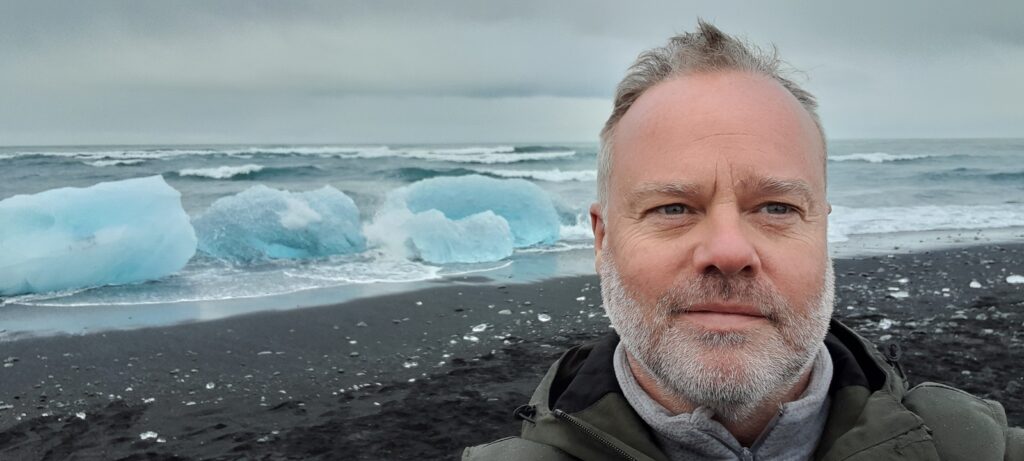

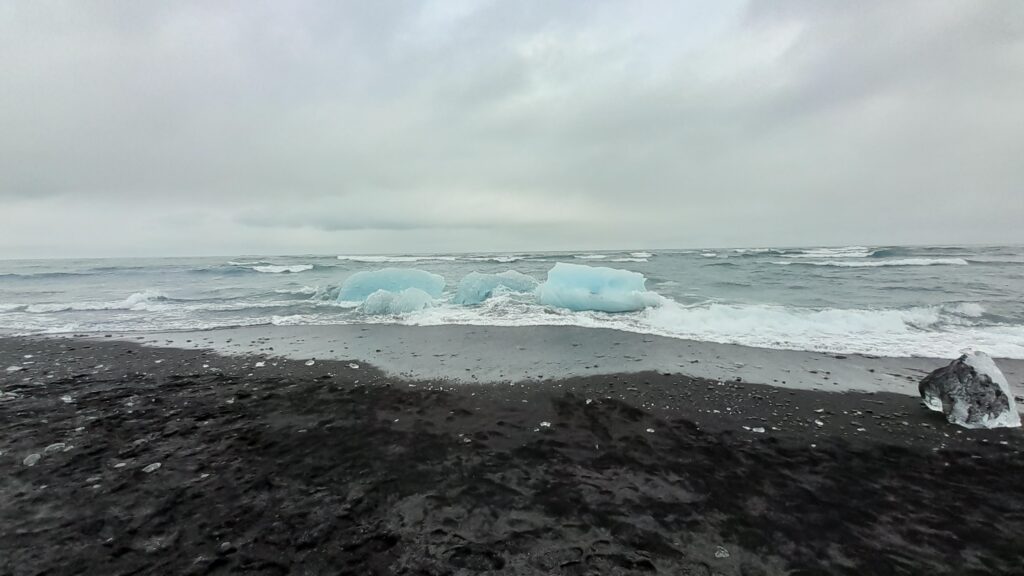




Climate and Weather
The climate in Vatnajökull National Park is characterized by its variability and can change rapidly. Iceland’s location in the North Atlantic exposes the park to the influences of both the Arctic and Atlantic weather systems. Summers are relatively mild, with temperatures ranging from 10 to 15 degrees Celsius (50 to 59 degrees Fahrenheit). However, it’s essential to come prepared for unpredictable conditions, as rain, wind, and even snow are not uncommon, even during the summer months.
Winter brings colder temperatures, with averages ranging from -5 to 5 degrees Celsius (23 to 41 degrees Fahrenheit). Snowfall is frequent, blanketing the park in a pristine white coat. It’s important for visitors to dress in layers and have proper winter gear to stay warm and comfortable while exploring the park.
The best time to visit Vatnajökull National Park depends on the activities you wish to engage in. Summer, from June to August, offers longer daylight hours and more favorable weather for hiking and outdoor adventures. Winter, from December to February, provides opportunities for witnessing the stunning beauty of ice caves and the Northern Lights, although weather conditions can be more challenging.
Conservation and Sustainability
Preserving the natural environment of Vatnajökull National Park is of utmost importance. The park authorities, along with environmental organizations and local communities, are committed to promoting sustainable practices and responsible tourism.
Visitors are encouraged to follow designated trails and respect the fragile ecosystems within the park. It’s crucial to adhere to the “Leave No Trace” principles, taking all waste with you and not disturbing or removing any natural elements. By practicing responsible tourism, we can help preserve the park’s pristine beauty for generations to come.
Nearby Attractions and Accommodation
Vatnajökull National Park is surrounded by other captivating attractions that complement a visit to the park. Skaftafell Nature Reserve, located within the park’s boundaries, offers additional hiking trails, stunning viewpoints, and opportunities to explore more ice formations.
Jökulsárlón Glacier Lagoon, situated adjacent to Diamond Beach, is a must-visit destination. The lagoon is filled with majestic icebergs floating in the glacial water, creating a surreal and peaceful atmosphere. Boat tours are available, allowing visitors to get closer to the icebergs and gain a deeper appreciation of their grandeur.
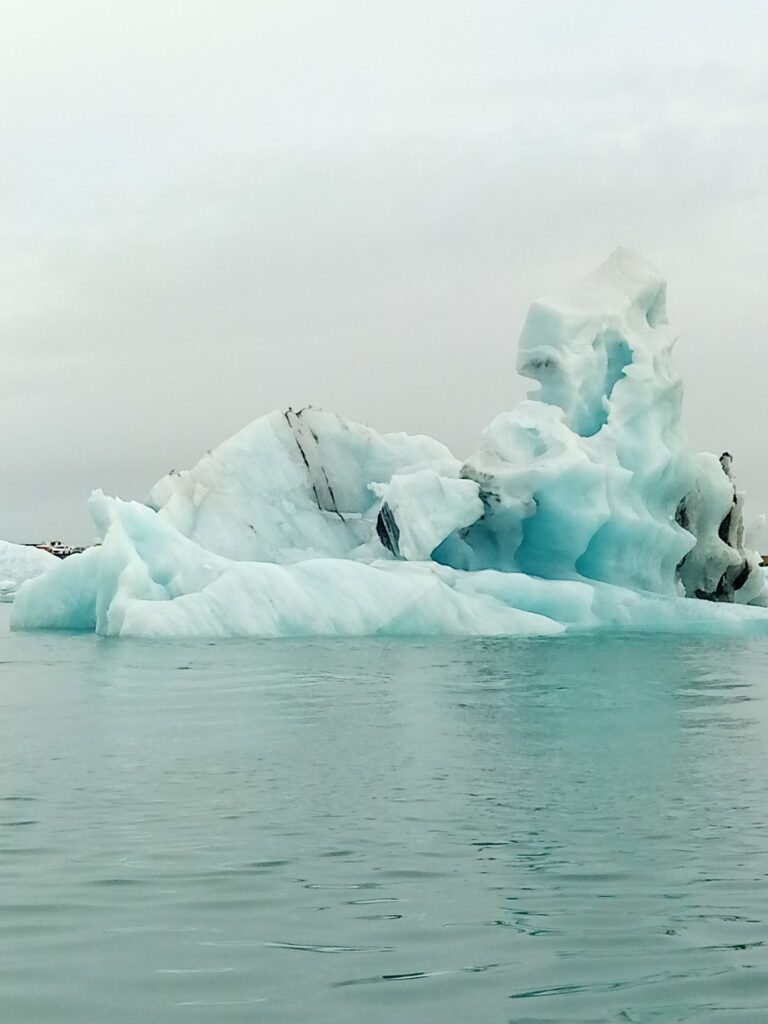

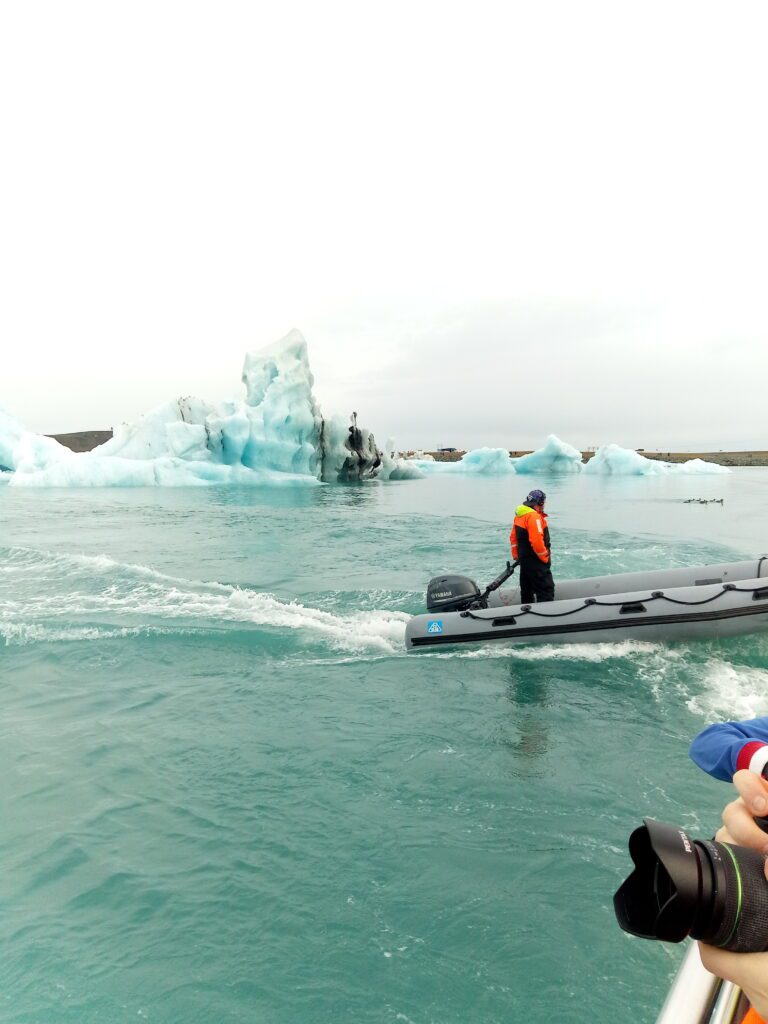

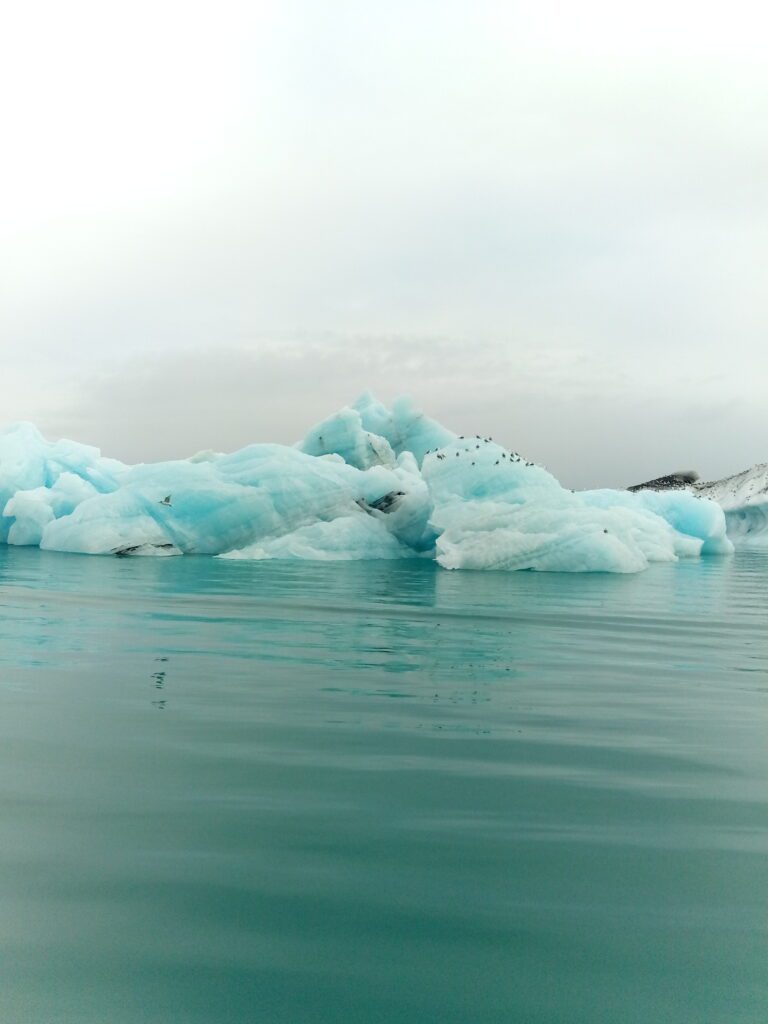

When it comes to accommodation, there are various options to suit different preferences and budgets. From cozy guesthouses and campsites to luxury hotels and lodges, there is something for everyone. It’s advisable to book accommodations in advance, especially during the peak tourist seasons, to secure your preferred choice.
Conclusion
Vatnajökull National Park and Diamond Beach offer a mesmerizing blend of glacial landscapes, captivating ice formations, and diverse ecosystems. From exploring the majestic Vatnajökull glacier to immersing yourself in the enchanting beauty of Diamond Beach, this national park is a haven for nature lovers and adventure seekers alike.
By respecting the park’s conservation efforts, practicing responsible tourism, and embracing the wonder of nature, visitors can create unforgettable memories while ensuring the preservation of this remarkable Icelandic treasure for future generations to enjoy.
People also read:
- The Blue Lagoon, Iceland’s Iconic Geothermal Spa
- The Golden Circle: Iceland’s Crown Jewel of Natural Wonders
- Do’s and don’ts while in Iceland
- 10 most beautiful waterfalls in Iceland
- Capturing the Northern Lights in Iceland
- Iceland ring road in 10 days
- 10 must-see attractions for visitors in Reykjavik
- Driving in Iceland
- Renting a Campervan in Iceland
FAQ
This article may contain affiliate links. This means that we receive a small commission when you book something via these links. Of course, this does not cost you anything extra. Did our tips help you? We would love it if you book your trip via the links in the article above. Thank you so much.
Read more articles on my Iceland page.